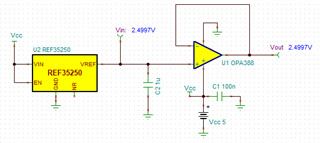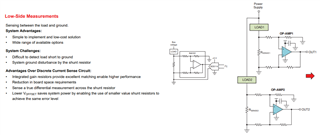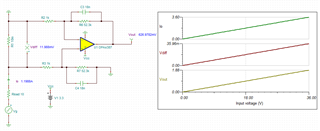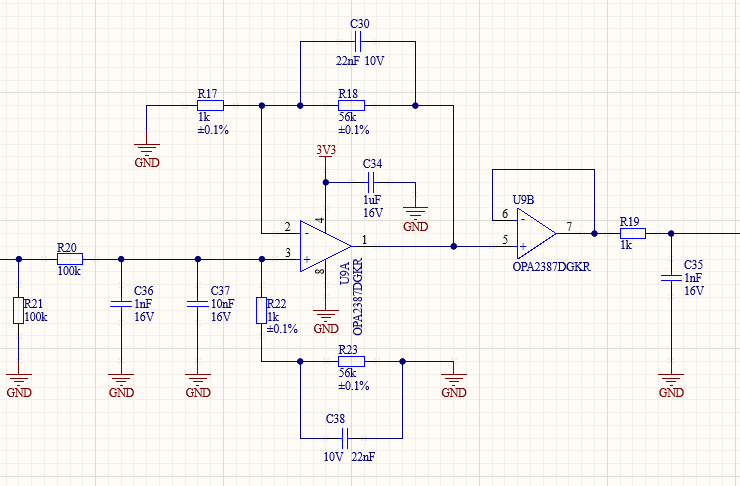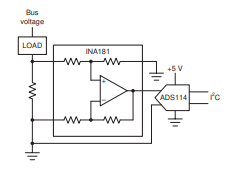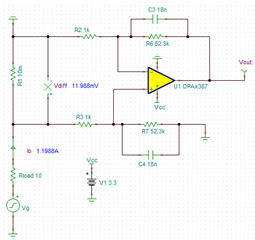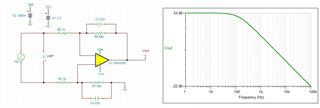Hello,
I am currently working on a circuit that can read the solar reference cell voltage output value. I am using MCP6072 for amplify to STM32F0 microcontroller ADC. I want to change it. Can you suggest me up to date TI op-amp which is low noise, high precision.
Best Regards,
Metin Enes YILDIRIM


